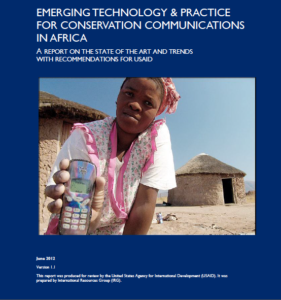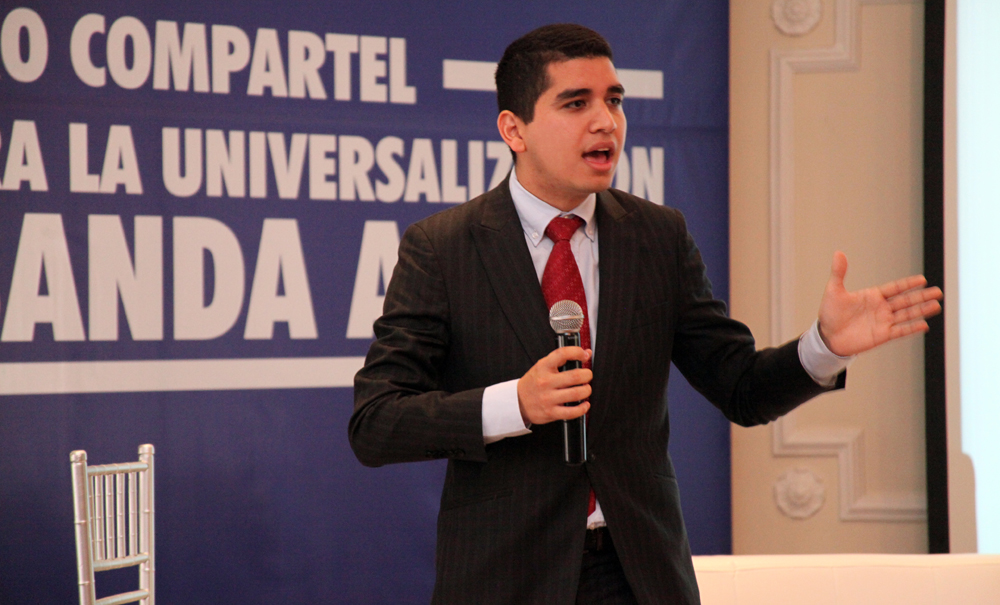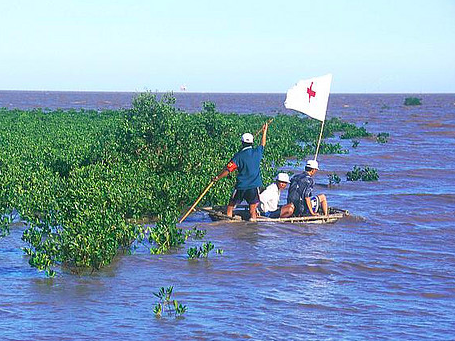According to a United Nations Environmental Programme –International Water Management Institute report, “An Ecosystems Approach to Water and Food Security”, ecosystem services should be incorporated into food security efforts, as should the proper incentives needed to involve local members of the community. In part three of our Ecosystem Services series, we take a look at how ecosystems can be better managed and maintained, to play a vital role in nourishing communities around the world.
As the global population approaches 8 billion people, it will become increasingly difficult to provide a steady supply of food, let alone at a price point the majority of people can afford. In this respect, ecosystems perform a vital function by producing food and providing access to water, thereby increasing food security for communities around the world. For example, it is estimated that a mangrove can yield an annual harvest per hectare of 220 lbs of fish, 44 lbs of shrimp, 33 lbs of crabmeat, 440 lbs of mollusk and 88 lbs of sea cucumber. With food prices predicted to rise an additional 30-50% over the next several decades, ecosystem-provisioning services will be heavily relied upon, particularly in areas of poverty.
In addition to the increased demand on food supply, climate change also has the potential to significantly impact an ecosystem’s ability to produce food, regulate water, and irrigate land (among other functions). Given the provisioning and regulating services ecosystems perform, it is crucial that agricultural areas in particular are managed and maintained to increase resilience and reduce vulnerability to climate change. For example, small-scale rainwater harvesting in Tanzania has improved agricultural production, and increased the water soil capacity, reducing vulnerability to dry spells. When correctly managed, ecosystems have the ability to resist drought and help prepare for water and food shortages that may occur throughout the year.

Jordan Valley Permaculture Pilot Project: start date, 6 months later, three years later
Photo credit: ProAct (2008)
One example of a natural resource management approach to improving ecosystem services is the Jordan Valley Permaculture Project, implemented by the Permaculture Research Institute of Australia. Established in 2008, the project aimed to increase food and water production in the Jordan Valley by rehabilitating the land, known for month-long droughts ranging up to 122 degrees Fahrenheit. In order to improve the health of the ecosystem, a swale system, or land contouring system, was used to help the land trap water in the soil during the winter months to be used during summer droughts. Drought and salt resistant crops were also planted to better trap water in the soil. Using this system over 10 acres of land, the project was able to increase freshwater sources and overall food production. This can act as an important lesson in natural resource management, particularly for dry lands, which support one-third of the global population, up to 44 percent of the world’s cultivated systems, and approximately 50 percent of the world’s livestock.
Not only are ecosystems a vital source of food and water, but for poor and rural populations in particular, they are also a crucial source of income. Better-managed fisheries for example, can increase revenue by improving the fish supply. Water regulation is also very important, to enhance food production and provide water for livestock, fish farms, etc. Whether a community’s food supply is mainly a source of nourishment or a source of income, the livelihood of that population is greatly dependent on a given ecosystem’s ability to function properly. It is therefore very important that community members, farmers and fishermen, are also kept informed about natural resource management tools they can utilize.
As the world continues to rely on the provisioning and regulating services ecosystems provide, it will become increasingly important to ensure the health of ecosystems, and control for environmental degradation wherever possible. Environmental policy tools such as payment for ecosystem services, and economic valuation strategies can assist in this effort by making it easier to provide incentives for this purpose. In the forth blog of our Ecosystem Services series, we will look into how ICTs can help support such policies, involving a variety of players from corporate leaders to local farmers, in natural resource management.
Stay tuned next week for the final blog of our Ecosystem Services series, “ICT for Ecosystem Management and Environmental Policy”.








































